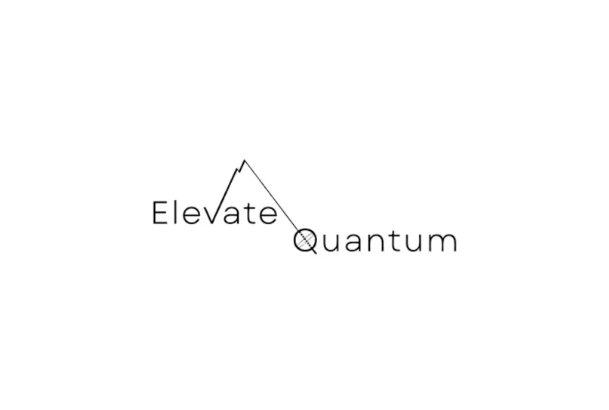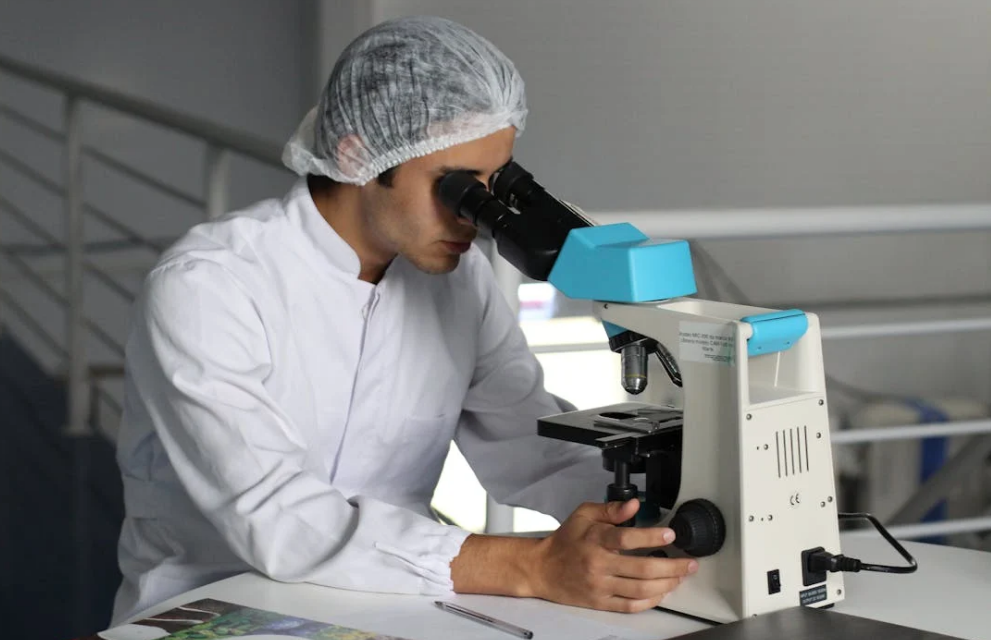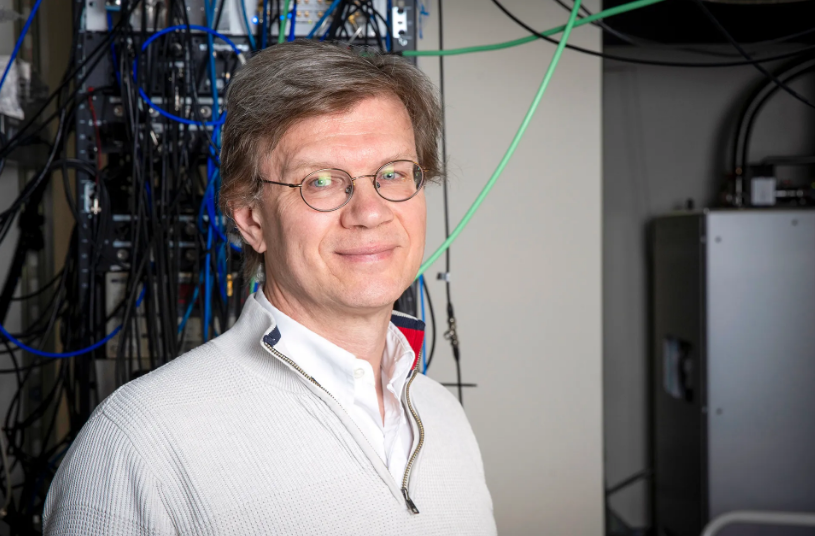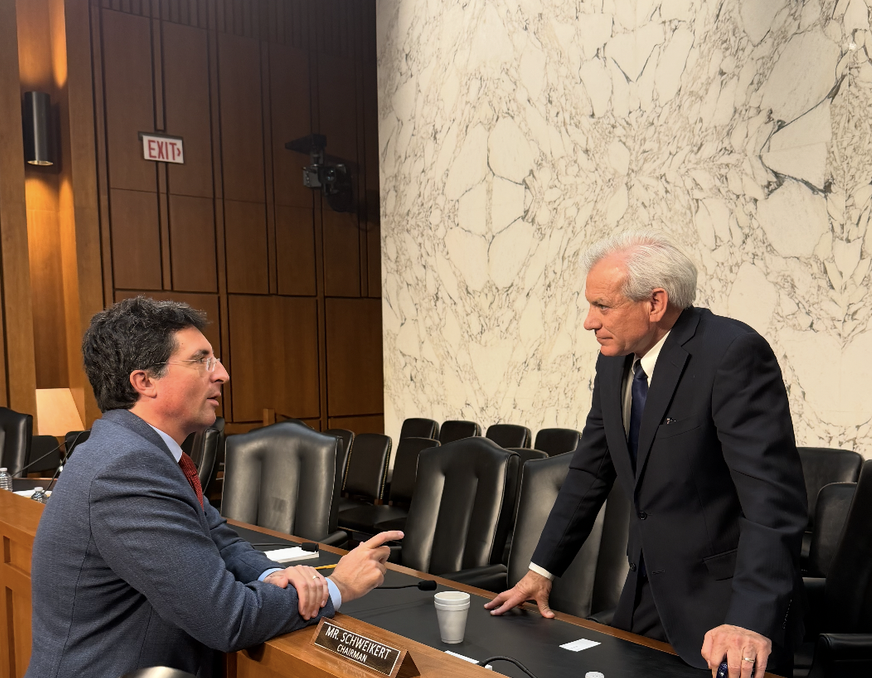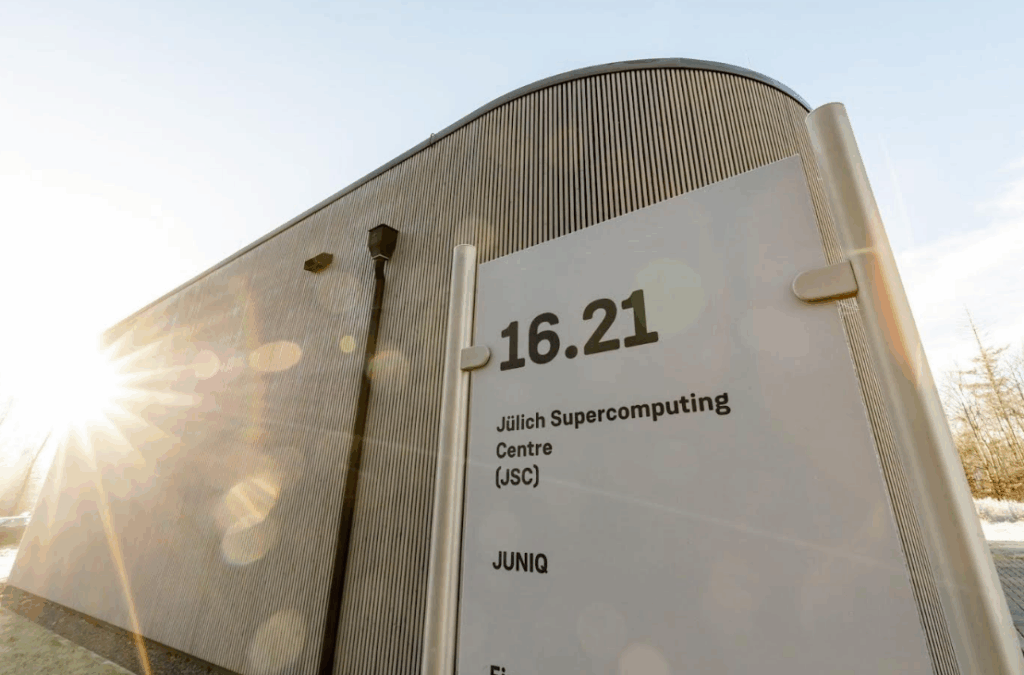Insider Brief
- IonQ demonstrated a new quantum-classical algorithm that accurately computes atomic-level forces, marking progress in applying quantum computing to complex chemical systems.
- The QC-AFQMC algorithm, developed with a Global 1000 automotive partner, achieved higher accuracy than classical methods and enables modeling of materials for efficient carbon capture.
- By calculating nuclear forces at critical reaction points, the approach integrates with classical workflows to improve reaction pathway modeling across sectors such as pharmaceuticals, batteries, and decarbonization.
PRESS RELEASE — IonQ (NYSE: IONQ), a leading quantum company, today announced a significant advancement in quantum chemistry simulations, demonstrating the accurate computation of atomic-level forces with the quantum-classical auxiliary-field quantum Monte Carlo (QC-AFQMC) algorithm. This demonstration – in collaboration with a top Global 1000 automotive manufacturer – proved more accurate than those derived using classical methods and marks a milestone in applying quantum computing to complex chemical systems.
Computational chemistry techniques are used to predict forces arising from the atomic interactions and can be used to determine chemical reactivity. The ability to simulate atomic forces with extreme precision is critical for modeling materials that absorb carbon more efficiently. Accurate force calculations are essential for modeling how molecules behave and react, which is foundational to everything from drug discovery to decarbonization. With results shown by IonQ’s demonstration, quantum computing’s role in solving real-world chemistry problems has made meaningful progress.
Unlike previous research which focused on isolated energy calculations, IonQ’s implementation enabled the calculation of nuclear forces at critical points where big changes occur. These forces can be fed into classical computational chemistry workflows to trace reaction pathways, improving estimated rates of change within systems, and aiding in the design of more efficient carbon capture materials.

“This research demonstrates a clear path for quantum computing to enhance chemical simulations that are foundational to decarbonization technologies,” said Niccolo de Masi, Chairman and CEO at IonQ. “Our work goes beyond academic benchmarks. It demonstrates a practical capability that can be integrated into molecular dynamics workflows used across pharmaceuticals, battery, and chemical industries.”
Building on IonQ’s prior collaborations in computational chemistry, this advancement extends IonQ’s work with the QC-AFQMC algorithm, one of the methods that IonQ believes will deliver commercial advantage in the coming years, while adding another use case that deepens the company’s expertise and expands its quantum chemistry portfolio.












